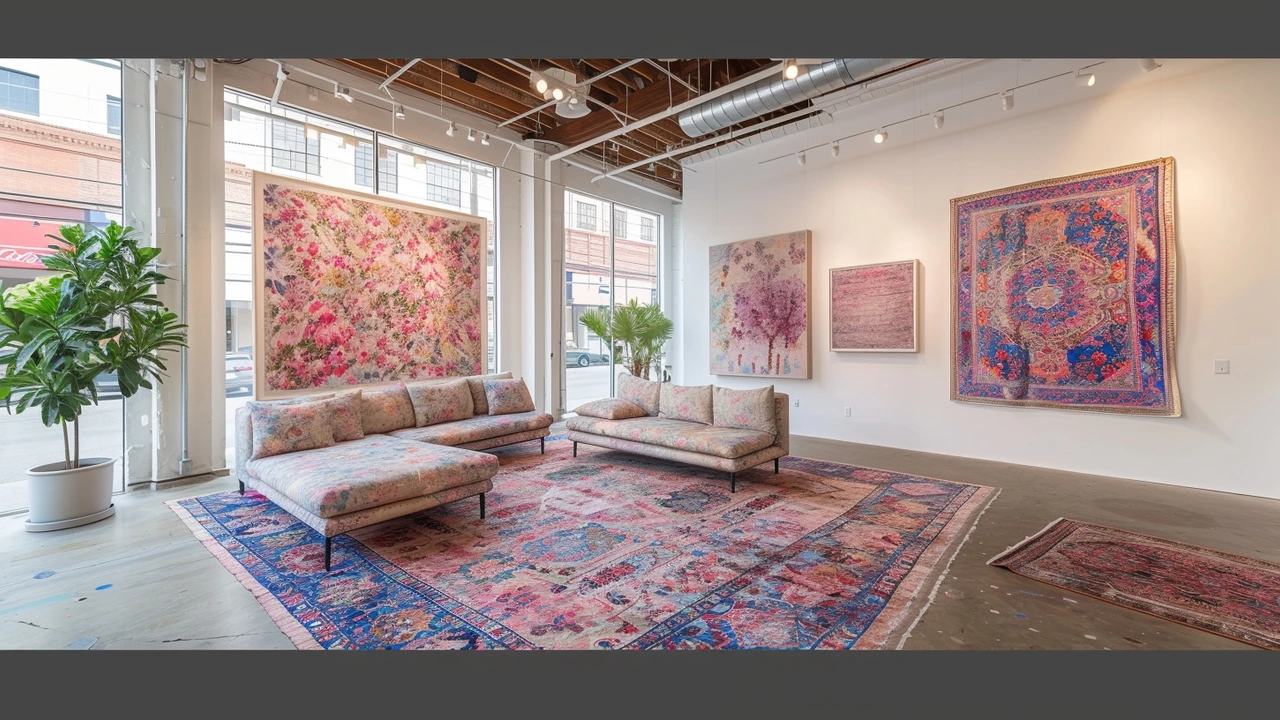You don’t need long therapy sessions to get relief. Small, focused techniques—used regularly—can lower stress, ease pain, and sharpen focus. This page collects practical therapeutic techniques you can try at home, at work, or with a clinician.
Some techniques change how your body reacts to stress (breathing, biofeedback). Others change how you feel and think about things (mindfulness, creative arts). A few improve the body directly (sports massage, progressive muscle work). Each method has a clear purpose, so pick what fits your goal.
Breathing: Try box breathing—inhale for 4, hold 4, exhale 4, hold 4—for five minutes. It slows your heart rate and clears your head fast.
Mindfulness: Spend two minutes noticing your breath or what you hear around you. No judgment, just noticing. That small habit reduces reactivity and improves focus over days and weeks.
Progressive muscle relaxation: Tense one muscle group for 5–7 seconds, then release. Move from feet to face. It works well before sleep or after a tense meeting.
Biofeedback: Simple heart-rate or breathing trackers show you real-time body signals. Seeing the data helps you change it—slower breathing, steadier heart rate, less anxiety. You can use a basic wearable or a clinic device.
Creative arts therapies: Paint, play a short tune, or move to music without judging the result. Art and music help process feelings without words and lower stress when you’re stuck.
Sports massage and self-massage: Target sore spots with pressure and slow strokes. Athletes use this to speed recovery; anyone can use it to reduce tension after long desk work.
Match the technique to your immediate need. Need calm right now? Try breathing or a 2-minute mindfulness pause. Want long-term change? Practice mindfulness or creative therapy a few times a week. For muscle pain or recovery, try massage or progressive relaxation.
Keep it brief and consistent. Five minutes a day beats one long weekend session. Track one habit for two weeks—note sleep, mood, or pain changes. Small wins build into real change.
Combine techniques. Use breathing to settle before a creative session, or follow a short mindfulness practice with self-massage. These pairings make each technique more effective.
If a condition feels stuck—chronic pain, major anxiety, or severe sleep problems—talk to a clinician. Many techniques pair well with professional care and can speed recovery.
Try one new technique this week and notice what changes. Therapeutic techniques are tools—not magic—but used regularly they make daily life clearer, calmer, and more manageable.

Hey there! In today's post, we dive into some successful case studies of creative arts therapies. The power of art in healing is simply incredible and I can't wait to share some stories with you that will warm your heart. We'll unravel how therapeutic techniques like painting, dancing, music, and drama change lives. If you're as fascinated by this intriguing intersection of art and healing as I am, then this post is a must-read for you!
Read More